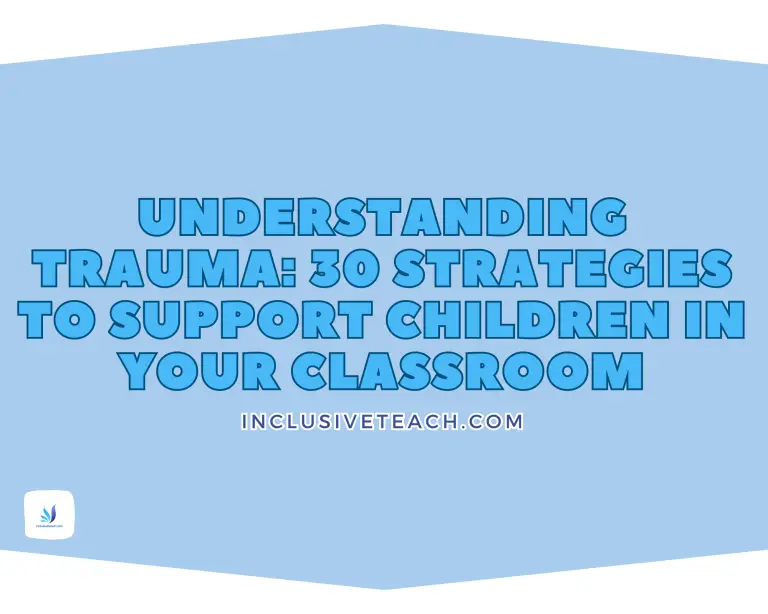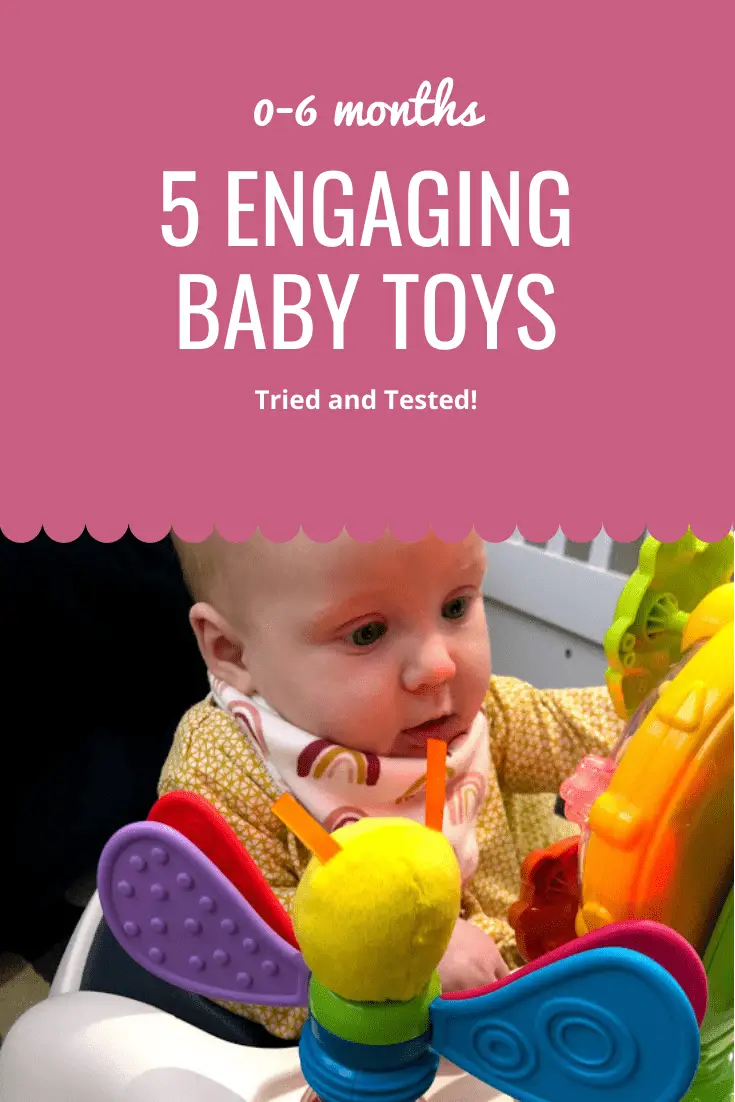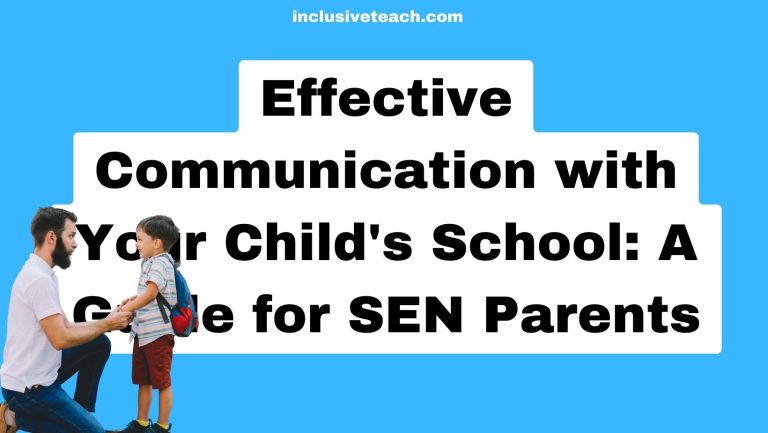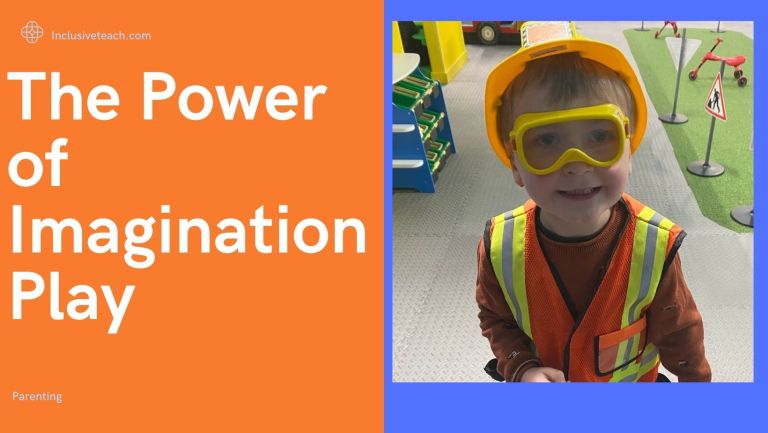Trauma-Informed Parenting: A Comprehensive Guide
The Importance of Trauma-Informed Parenting
Childhood is often considered a time of joy, exploration, and innocence. However, for some children, these early years can be tainted by experiences of trauma. Whether it’s through neglect, abuse, the loss of a loved one, witnessing violence, or living through a natural disaster, trauma can significantly impact a child’s development, behaviour, and overall wellbeing. As a response to these challenges, trauma-informed parenting has emerged as a vital approach for caregivers, offering a framework to better understand and respond to the needs of children who have experienced trauma.
This article explores the importance of trauma-informed parenting, outlining its principles, benefits, and techniques, along with the ways it can foster resilience in children who have experienced trauma.
What is Trauma Informed Parenting?
Trauma informed parenting is a way of raising children that takes into account the possible effects of past traumatic experiences on their development, behavior, and emotional well-being. Trauma informed parenting aims to help children heal from trauma and build resilience. We go into more detail later in the post but some of the key principles of trauma informed parenting are:
- Awareness: Being aware of the signs and symptoms of trauma, and how it can affect different aspects of a child’s life.
- Recognition: Recognizing when a child is triggered by something that reminds them of their trauma, and responding with empathy and compassion.
- Education: Learning about the causes and consequences of trauma, and how to support a child’s recovery.
- Understanding: Understanding the child’s perspective, feelings, and needs, and validating their experiences.
- Intention: Being intentional about creating a safe, stable, and nurturing environment for the child, and using positive parenting practices that promote trust, attachment, and self-regulation.
Understanding Trauma in Childhood
Childhood trauma refers to experiences that are emotionally distressing or disturbing for a child. These traumatic events can include physical, emotional, or sexual abuse, neglect, witnessing domestic violence, experiencing natural disasters, or being exposed to ongoing violence or conflict. The effects of childhood trauma can be profound and long-lasting, impacting various aspects of a child’s development.
When children experience trauma, it can deeply affect their emotional well-being, cognitive abilities, relationships, and overall sense of self. Emotionally, children may struggle with feelings of fear, anxiety, depression, anger, or a sense of helplessness. They may also exhibit hypervigilance or have difficulty regulating their emotions, leading to outbursts or emotional shutdown. These emotional challenges can persist into adulthood if not addressed and may contribute to mental health disorders later in life.
Cognitively, trauma can impair a child’s ability to concentrate, learn, and retain information. It can interfere with their problem-solving skills and decision-making processes. Some children may experience difficulties in school, such as academic underachievement or behavioural problems, as a result of the cognitive impact of trauma.
Impact of Trauma
Moreover, childhood trauma can significantly impact a child’s relationships and social interactions. Traumatised children may find it challenging to establish and maintain healthy connections with peers, family members, and authority figures. Trust issues, fear of abandonment, difficulties with boundaries, and problems with attachment can all stem from early traumatic experiences. These relational obstacles can persist into adulthood and affect various aspects of life, including intimate relationships and professional environments.
It is important to note that not all children who experience trauma will have the same reactions or long-term effects. Each child’s response is unique, influenced by various factors such as their age, temperament, support systems, and resilience. Effective intervention and support, such as therapy, counselling, and a nurturing environment, can play a crucial role in helping children heal from trauma and mitigate its long-term impact.
Understanding childhood trauma and its consequences is vital for parents, caregivers, educators, and professionals working with children. By recognizing the signs, providing appropriate support, and promoting resilience, we can enhance the well-being and long-term outcomes of children who have experienced trauma.
The Principles of Trauma-Informed Parenting
Trauma-informed parenting is an approach that acknowledges the impact of trauma on a child, and responds with empathy, understanding, and consistency. Here are key principles that guide trauma-informed parenting:
- Safety: Children who have experienced trauma often feel unsafe, even in non-threatening situations. Trauma-informed parenting emphasizes creating a safe and predictable environment to help the child feel secure.
- Trustworthiness: Building trust is crucial. This involves being reliable, consistent, and honest in all dealings with the child.
- Choice: Trauma can make a child feel powerless. Trauma-informed parenting emphasizes giving the child choices whenever possible, helping them regain a sense of control.
- Collaboration: This involves working with the child as a team, validating their feelings, and involving them in decision-making processes.
- Empowerment: Trauma-informed parenting focuses on building the child’s self-esteem and resilience, affirming their strengths and promoting healing and growth.
The Positive Impact of Trauma-Informed Parenting
Applying the principles of trauma-informed parenting can transform the lives of children affected by traumatic experiences. Here’s how:
- Fosters Healing: The predictability and safety provided by trauma-informed parenting create an environment conducive to healing. Feeling safe allows the child’s nervous system to relax, paving the way for therapeutic interventions and healing processes to take effect.
- Builds Trust: Consistency and reliability in a caregiver’s actions help build a strong, trusting relationship with the child. This trust is the bedrock upon which healing and growth can occur.
- Restores Control: By giving a child choices and involving them in decision-making, trauma-informed parenting helps restore a sense of control, which is often lost in traumatic situations.
- Boosts Self-Esteem and Resilience: Through affirmation and empowerment, trauma-informed parenting can boost a child’s self-esteem, helping them realise their strengths and ability to overcome adversities.
Strategies for Trauma-Informed Parenting
Now that we understand the principles and benefits of trauma-informed parenting, let’s explore some concrete strategies caregivers can use:
- Consistent Routines: Regular routines provide a sense of stability and predictability. This can be as simple as consistent bedtimes, mealtimes, and daily activities.
- Open Communication: Encourage open conversations about feelings and experiences. Validate the child’s feelings, and reassure them that it’s okay to talk about their trauma if they wish to.
- Mindfulness and Relaxation Techniques: Teach children techniques to manage stress and anxiety, such as deep breathing, yoga, or mindfulness exercises.
- Professional Help: Don’t hesitate to seek professional help if needed. Therapists and counsellors trained in trauma can provide invaluable support.
10 Trauma-Informed Parenting Strategies
- Understand Trauma and Behavior:
- Recognise that behaviour problems in traumatised children often stem from coping mechanisms developed in response to trauma. Avoid interpreting their actions as deliberate disobedience or disrespect.
- Establish Safety:
- Create a safe and predictable environment. Consistent routines, clear boundaries, and physical safety help children feel secure. Address any triggers that may evoke fear or anxiety.
- Build Trust in Relationships:
- Traumatised children may struggle with trust due to past experiences. Be patient, reliable, and empathetic. Show them that you are a consistent and caring presence in their lives.
- Develop Emotional Regulation:
- Teach emotional awareness and coping skills. Help children identify and express their feelings appropriately. Techniques like deep breathing or grounding exercises can be beneficial.
- Speak the Unspeakable:
- Encourage open communication about trauma. Create a safe space where children can share their experiences without judgment. Validate their emotions and listen actively.
- Recovery and Self-Care:
- Recognize that parenting traumatized children can be emotionally demanding. Prioritise self-care to maintain your well-being especially if you are feeling burnout. Seek support from professionals or support groups.
- Advocate & Coordinate:
- Work collaboratively with schools, healthcare providers, and social services. Advocate for your child’s needs and ensure they receive appropriate support. Understand local resources available in the UK1.
- Learn about Developmental Trauma and ACEs:
- Understand the impact of early adverse experiences, including verbal, physical, or emotional abuse, neglect, parental separation, and household challenges. Recognize how these experiences affect brain development and behaviour.
- Use PACE Approach:
- PACE (Playfulness, Acceptance, Curiosity, Empathy) is a trauma-informed approach that focuses on building trusting relationships, emotional connections, and containment of emotions. It helps children feel safe and supported.
- Promote Resilience and Coping Skills:
- Teach resilience-building techniques such as mindfulness, problem-solving, and positive self-talk. Encourage children to express their feelings through creative outlets like art or play.
The PACE Approach
The PACE approach can be effectively applied by parents at home to create a supportive and nurturing environment for their children. Here’s how:
- Playfulness (P):
- Engage in Play: Spend quality time playing with your child. Playfulness helps develop deep connection and helps children feel safe.
- Use Humor: Light-hearted moments reduce stress. Share jokes, funny stories, or playful interactions.
- Be Creative: Encourage imaginative play, storytelling, or art activities.
- Acceptance (A):
- Unconditional Love: Show acceptance and love regardless of behaviour. Validate their emotions without judgment.
- Acknowledge Feelings: Let them express their feelings openly. Avoid dismissing or minimizing their experiences.
- Normalise Struggles: Remind them that everyone faces challenges, and it’s okay to feel a range of emotions.
- Curiosity (C)
- Ask Open-Ended Questions: Show genuine interest in their thoughts and experiences. Explore their world.
- Explore Triggers: Understand what triggers their anxiety or stress. Curiosity helps uncover underlying issues.
- Learn Together: Research together about topics that interest them. Curiosity builds connection.
- Empathy (E):
- Listen Actively: Be fully present when they share their feelings. Validate their experiences.
- Put Yourself in Their Shoes: Understand their perspective. Empathise with their struggles.
- Model Empathy: Show empathy toward others, reinforcing its importance.
Example Scenario: Imagine your child had a tough day at school. They share their feelings with you. You respond using the PACE approach:
- Playfulness: “Let’s build a fort together and talk about your day!”
- Acceptance: “I’m here for you, no matter what. It’s okay to feel upset.”
- Curiosity: “What happened? Can you tell me more?”
- Empathy: “I understand how that must have felt. I’m here to listen.”
Trauma-Informed Parenting: A Lifelong Impact
The importance of trauma-informed parenting extends far beyond the immediate aftermath of a traumatic event. The skills and coping mechanisms children learn through this approach can serve them well into adulthood. By learning to understand and manage their emotions, children can foster healthier relationships, excel academically, and navigate life’s challenges with greater resilience.
Moreover, the secure and trustful relationship built between the child and caregiver through trauma-informed parenting can serve as a model for future relationships, allowing the child to form healthier, more secure relationships in adulthood.
Case Studies: Trauma-Informed Parenting in Action
To better understand the impact of trauma-informed parenting, let’s look at two case studies submitted by contributors to our twitter discussion (names changed).
Case Study 1: Sarah’s Journey of Healing
Sarah, a seven-year-old, was adopted after experiencing neglect and abuse in her early childhood. Her adoptive parents noticed her difficulty in forming attachments, her sudden bouts of anger, and her fear of adults.
They decided to implement trauma-informed parenting. They established a predictable routine, ensured their home felt safe, and communicated openly with Sarah, reassuring her that her feelings were valid and understood. They also sought professional help and learned how to reinforce Sarah’s positive behavior and help her manage her anger.
Over time, Sarah began to trust her adoptive parents. She became more open about her feelings and showed fewer aggressive behaviors. Today, Sarah is a thriving teenager who excels academically and has a strong, trusting relationship with her parents.
Case Study 2: Helping Jake Regain Control
Jake, a ten-year-old, lost his mother in a car accident. His father noticed that Jake seemed to be constantly on edge, had nightmares, and resisted going to school.
Understanding that Jake was experiencing trauma, his father decided to adopt a trauma-informed parenting approach. He made sure Jake felt safe at home, maintained consistent routines, and allowed Jake to make choices about simple things like what to eat for dinner or what to wear, helping him regain a sense of control.
As part of this approach, Jake’s father also sought professional help, enrolling Jake in private therapy due to NHS (CAMHS waiting lists). He worked closely with the therapist to encourage and reinforce the coping mechanisms Jake was learning.
Over the years, Jake has learned to cope with his loss. He no longer resists going to school, his nightmares have reduced, and he has regained his lively, cheerful demeanor.
Navigating the Challenges of Trauma-Informed Parenting
While trauma-informed parenting can be transformative, it’s essential to acknowledge that it’s not always easy. Caregivers may face numerous challenges, including managing their own emotional responses and navigating the often complex world of professional help.
One key thing to remember is that self-care is paramount. Caregivers need to take care of their own mental and physical health to provide the best care for the child. It’s also crucial to build a strong support network, including professionals, family, and friends who understand the principles of trauma-informed parenting.
Moreover, it’s important to remember that change takes time. Healing from trauma is not a linear process; there will be ups and downs. Patience, persistence, and consistent application of trauma-informed principles are key to navigating these challenges.
Conclusion
Trauma-informed parenting offers a powerful approach to supporting children who have experienced traumatic events. By creating an environment of safety, predictability, and understanding, caregivers can help children heal and grow, fostering resilience and emotional health that lasts a lifetime. Despite its challenges, the rewards – seen in the healing and growth of a child – make every effort worthwhile. Parents and carers can truly make a difference in a child’s quality of life.

Frequently Asked Questions (FAQs)
Q1: How do I know if my child has experienced trauma?
A: Signs of trauma can vary widely, but some common indicators include changes in behavior, mood swings, sleep disturbances, difficulty concentrating, and regressive behavior. If you suspect your child has experienced trauma, it’s important to seek professional help.
Q2: How can I best support my child after a traumatic event?
A: Providing a safe, stable, and supportive environment is essential. Encourage your child to express their feelings, validate their emotions, maintain routines to provide a sense of normalcy, and seek professional help as needed.
Q3: Will my child ever fully recover from their trauma?
A: Recovery from trauma is possible, but it’s a process that takes time and varies for each individual. With the right support, children can learn to cope with their trauma and lead healthy, fulfilling lives.
Q4: What do I do if I’m struggling to handle my child’s trauma-related behaviours?
A: It’s okay to seek help. Consider reaching out to mental health professionals, trauma parenting support groups, or educational resources for additional support and guidance.







